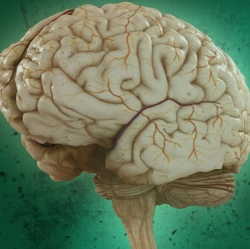
By studying brain tissue from people with and without the condition who had died, the team found that synaptic levels of NCAM2 in the hippocampus were low in the individuals with the disease. In Alzheimer’s, most of the damage appears to take place in the hippocampus, that is essential in forming memories.
Additionally, through mice studies, the researchers found that NCAM2 was broken down by beta-amyloid proteins, which are the abnormal clumps that build up in the brains of people with Alzheimer’s.
"We have identified a new molecular mechanism, which directly contributes to this synapse loss," says Dr. Sytnyk, "a discovery we hope could eventually lead to earlier diagnosis of the disease and new treatments."
"Our research shows the loss of synapses is linked to the loss of NCAM2 as a result of the toxic effects of beta-amyloid. It opens up a new avenue for research on possible treatments that can prevent the destruction of NCAM2 in the brain."
Given that the number of people with Alzheimer’s disease is projected to increase three-fold by 2050, bringing the total to 14 million Americans, finding treatments for the condition is immensely important.
